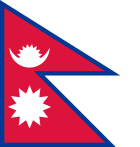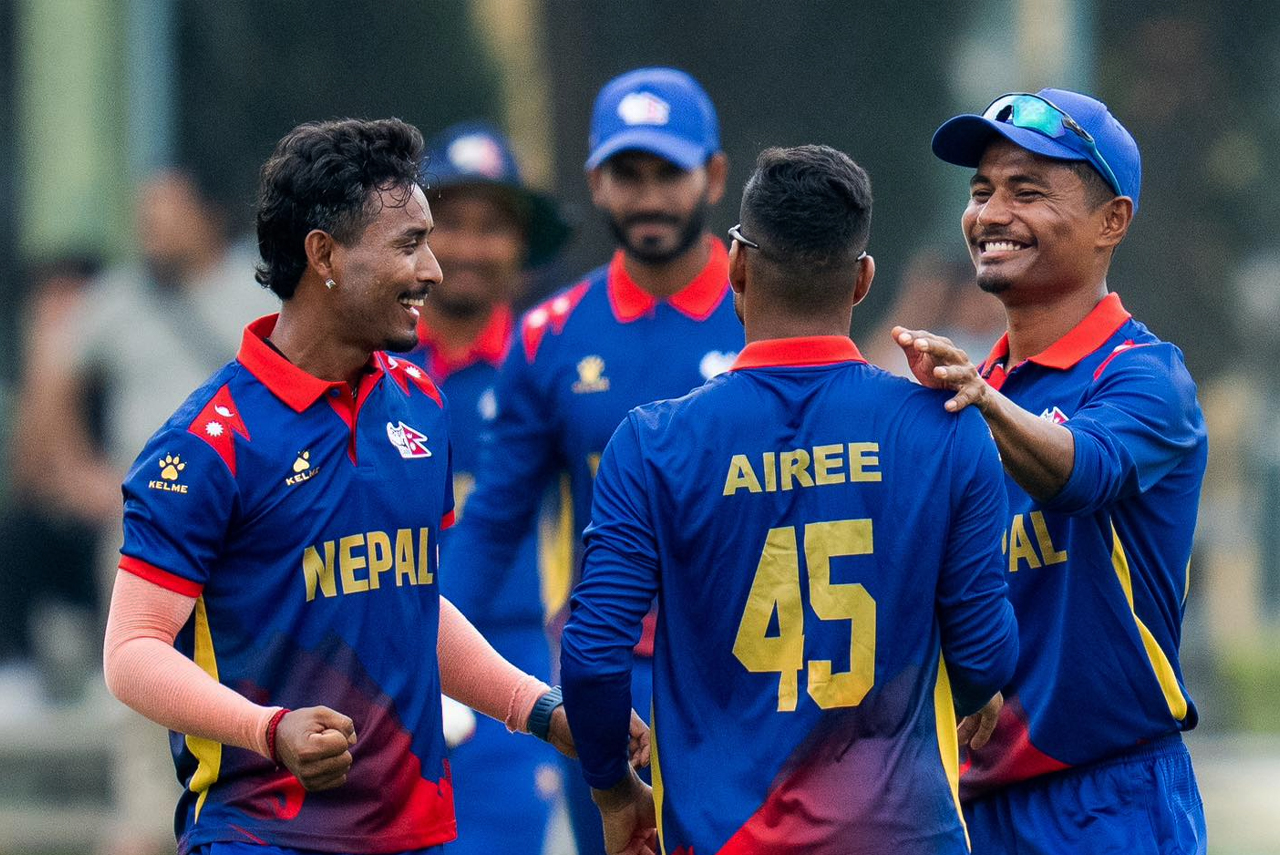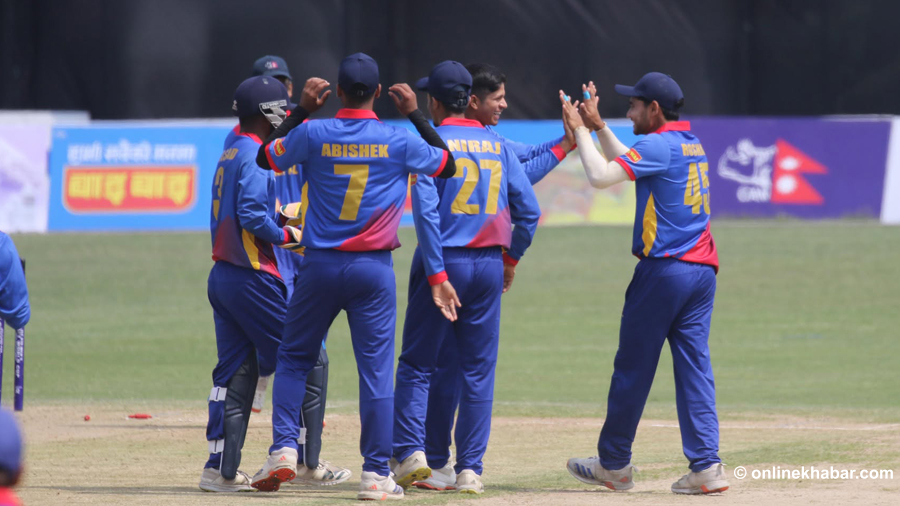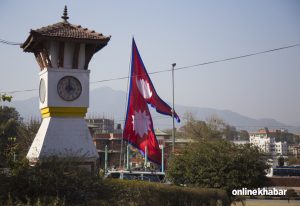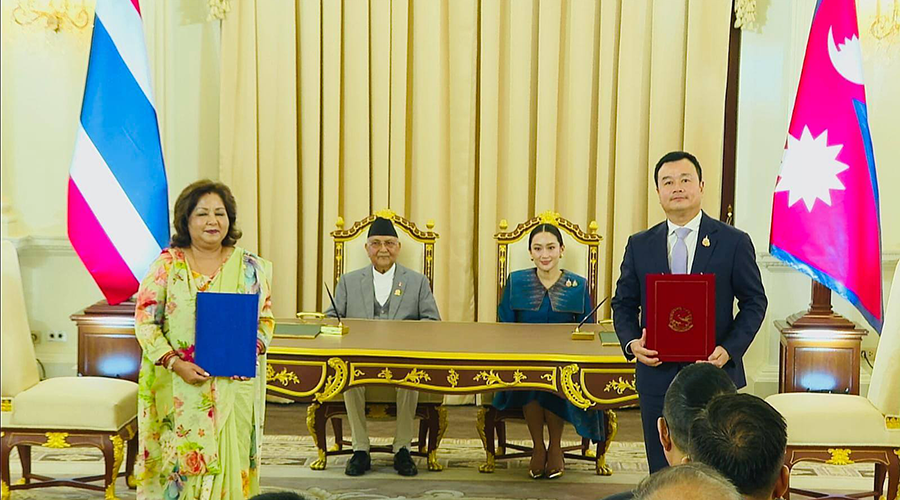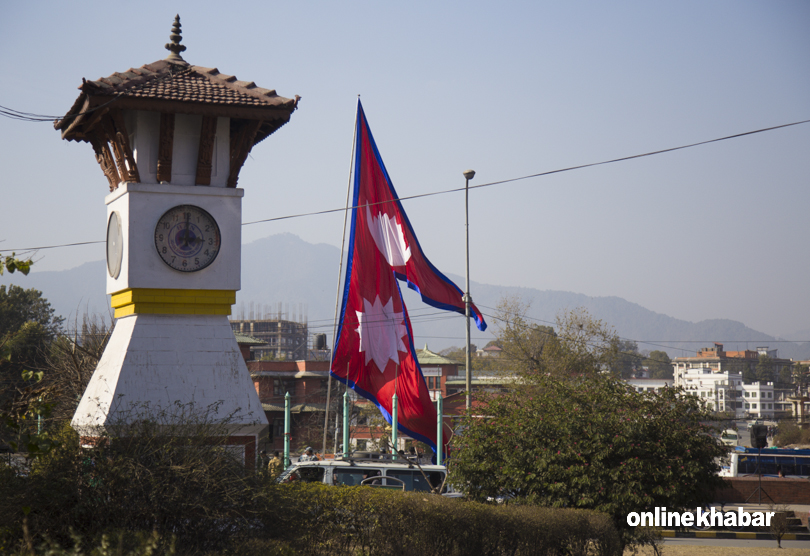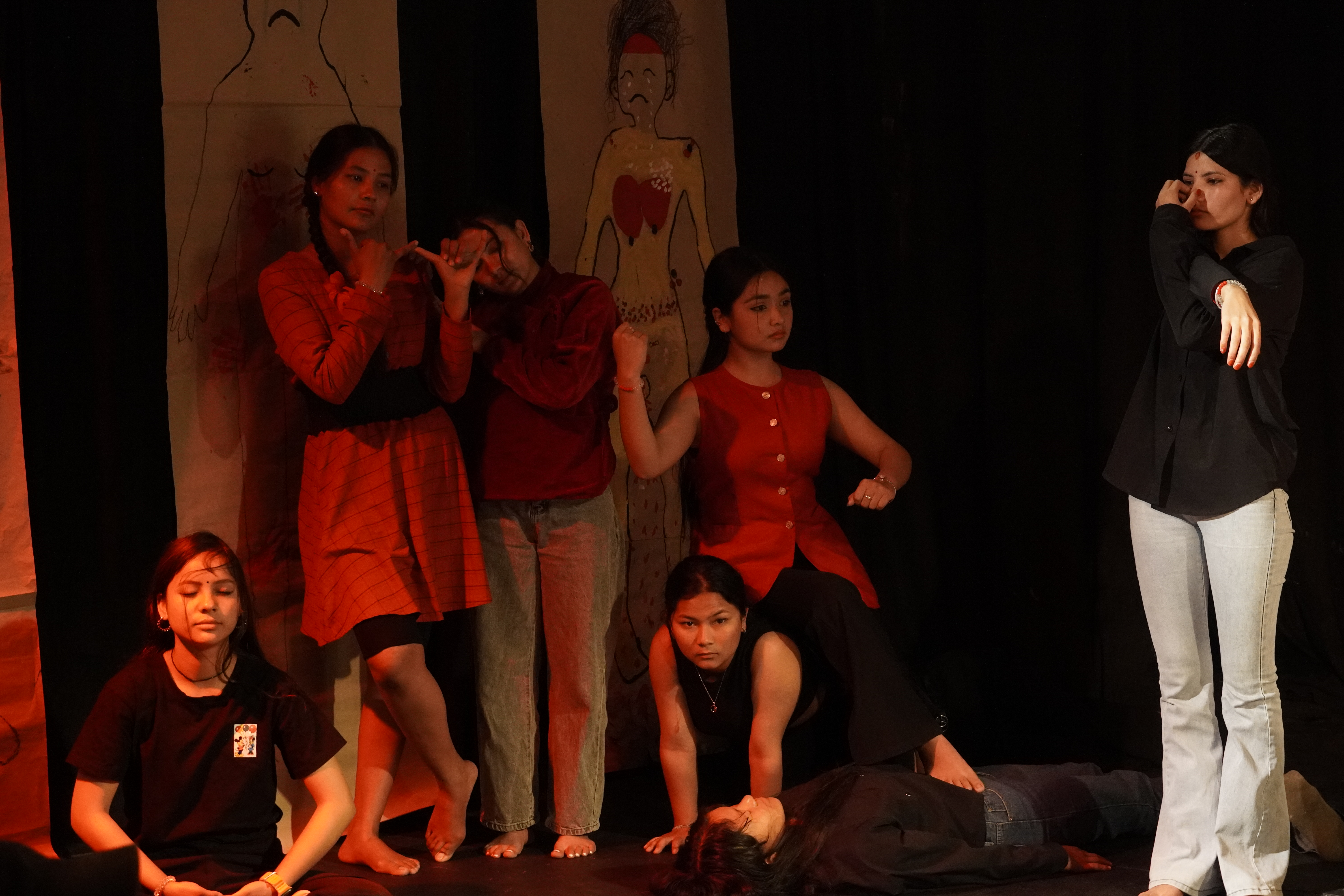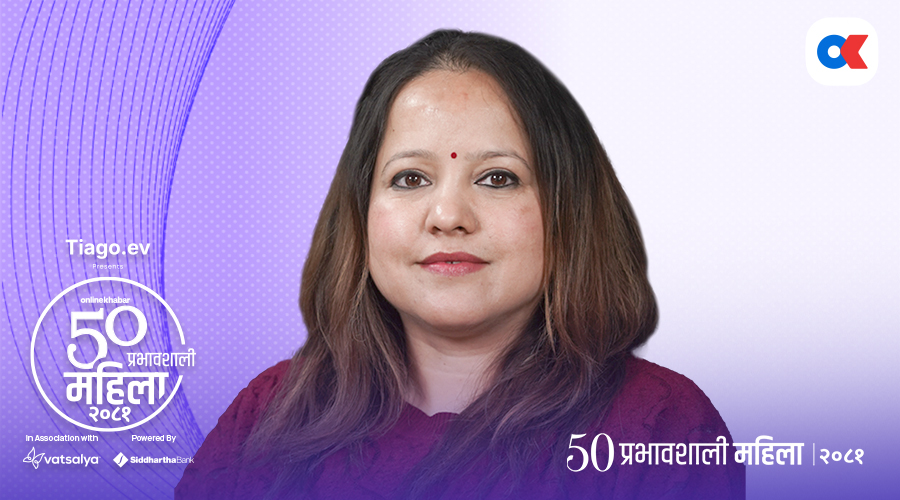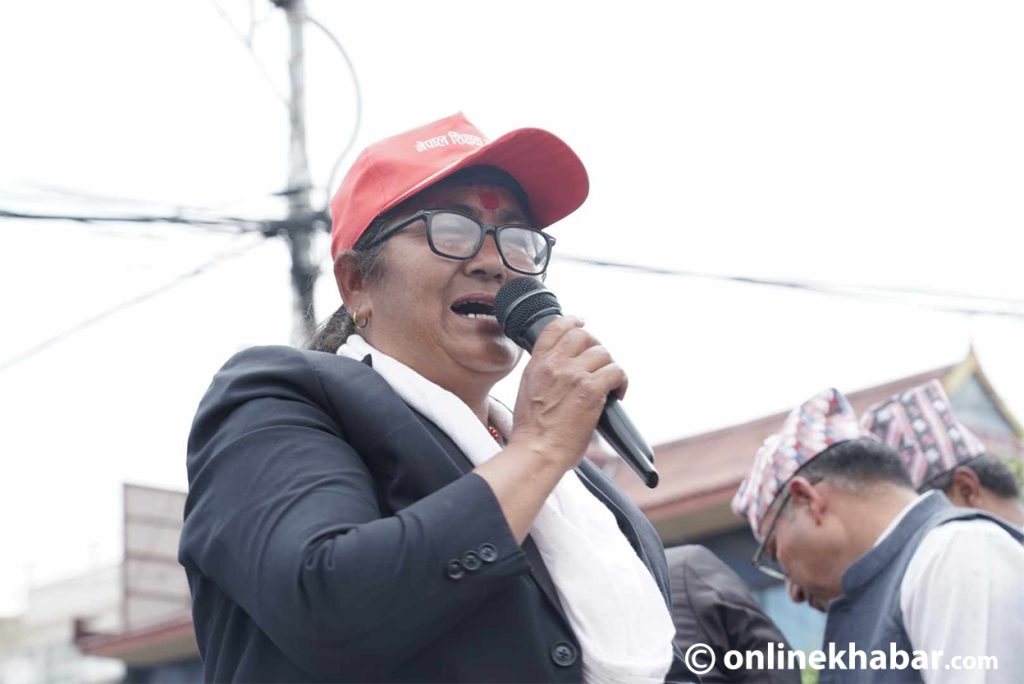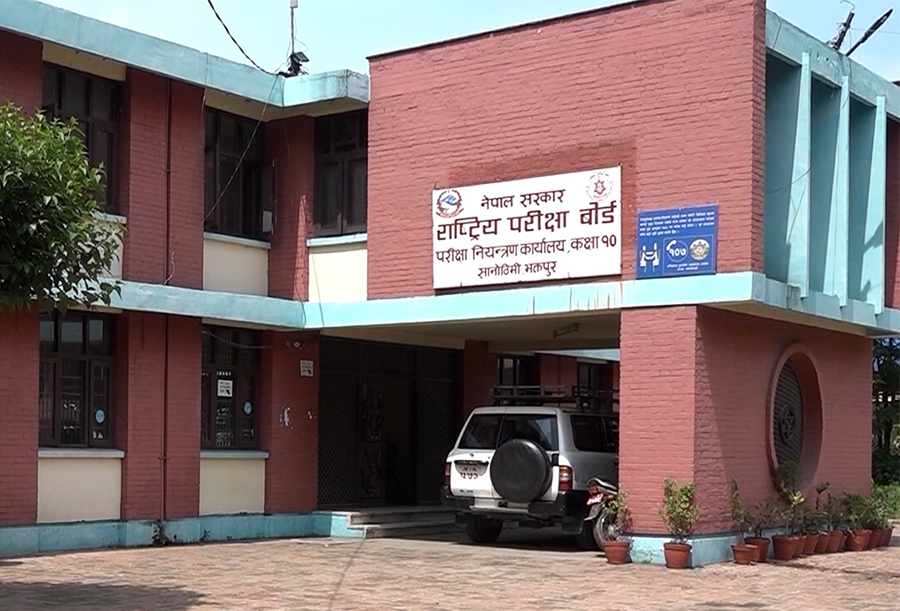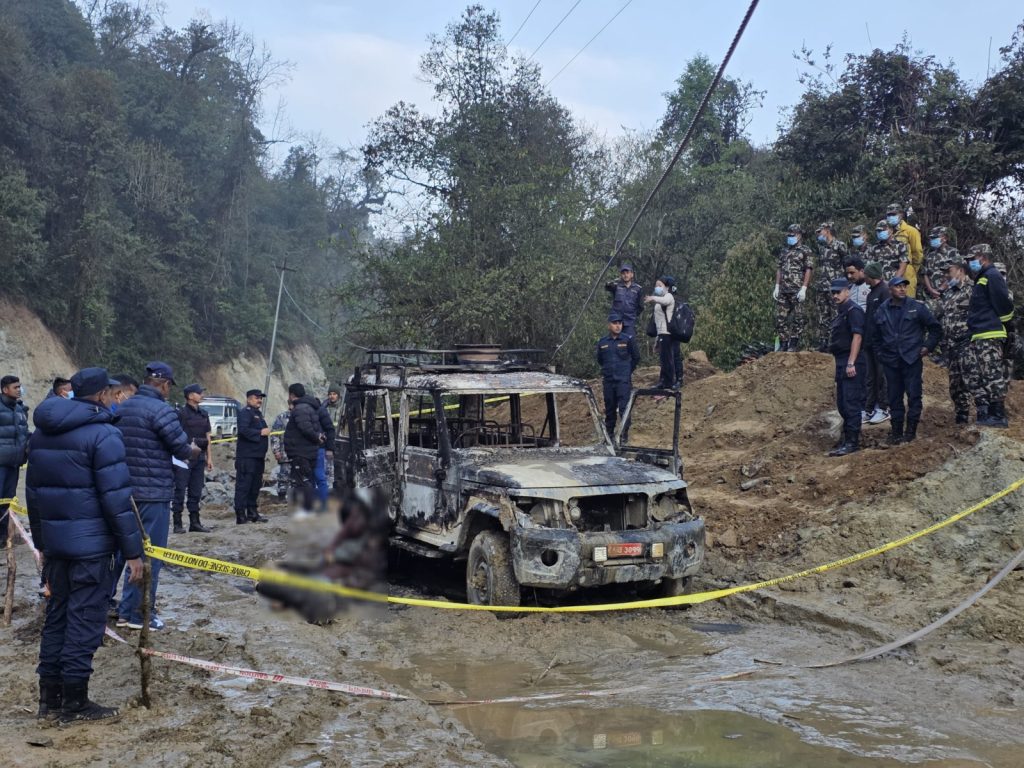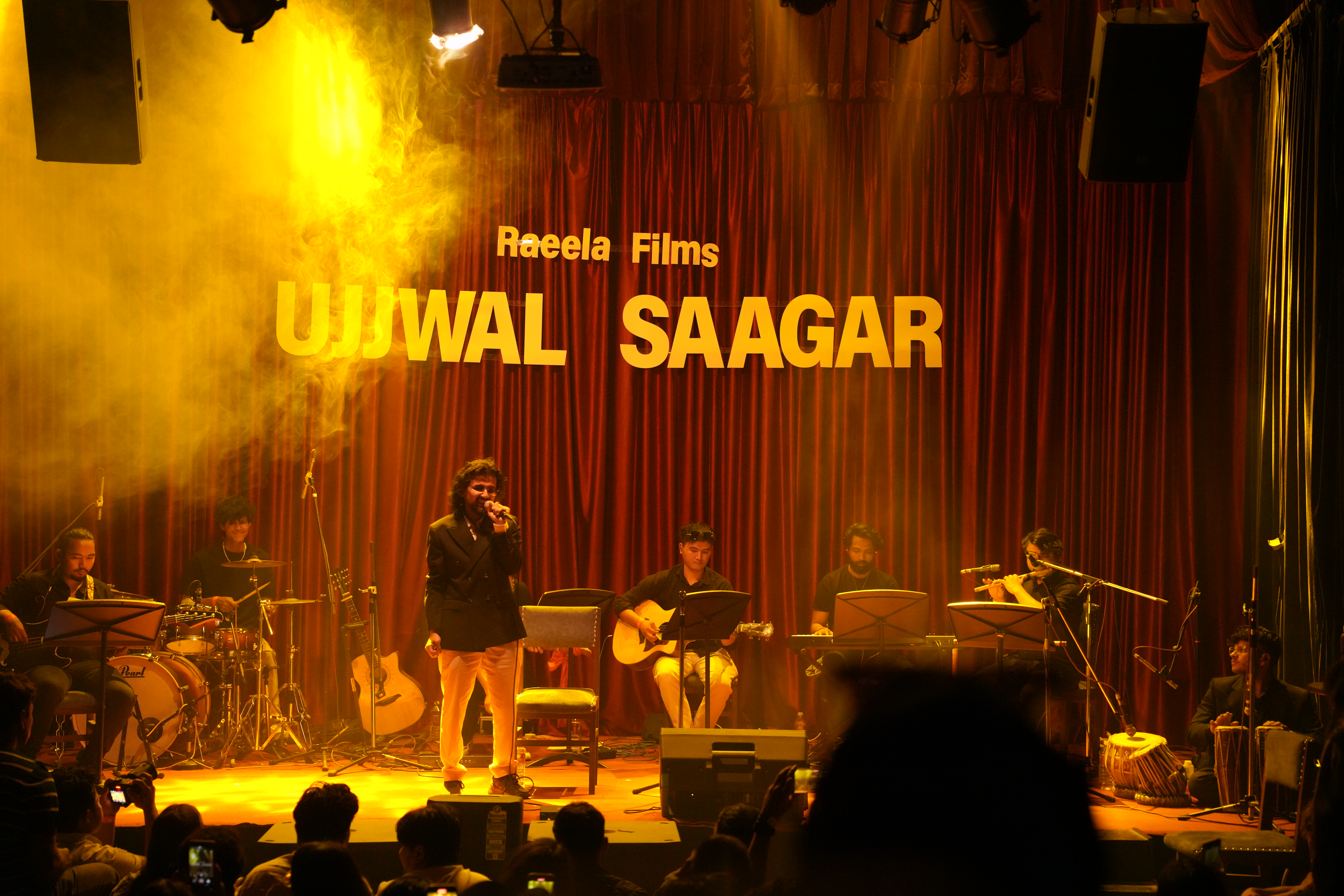
In 2008, Nepal emerged from the shadows of a feudal past to embrace a federal democratic republic—a transformation forged through decades of blood, tears, and unyielding hope. Yet today, whispers of reviving the monarchy echo in certain corners, peddling nostalgia as a cure for political instability.
Let us be clear: romanticising the crown is not just regressive; it is a betrayal of the sacrifices that birthed our republic. In an era where accountability and inclusion define progress, resurrecting an outdated institution would shackle Nepal to a past it has outgrown.
The monarchy’s collapse: A legacy of exclusion and repression
The 240-year reign of the Shah dynasty crumbled under the weight of its contradictions. Its authoritarian grip silenced dissent during the civil war (1996–2006), while systemic inequality festered unchecked.
The 2001 palace massacre, was a grotesque tragedy that wiped out the royal family and severed the final threads of public trust. By 2008, the Maoists, activists, and marginalised communities demanded a system that valued voices over birthright.
To yearn for the monarchy now is to erase history. Dalits, Indigenous groups, and women bore the brunt of its exclusionary policies. The republic, imperfect as it is, at least grants them a seat at the table. Why glorify a system that thrived on their oppression?
Democracy’s messy vitality vs monarchic stagnation
Yes, Nepal’s democracy is messy. Corruption, infighting, and sluggish reforms plague it. But these are growing pains of a living system not failures of the model itself. Democracy’s strength lies in its ability to self-correct: through elections, protests, and a free press. When did a king ever tolerate a protest at his gates?
Globally, constitutional monarchies like the UK survive as ceremonial relics, their power neutered by centuries of reform.
Nepal cannot resurrect an active monarchy without defying the ideals of transparency and accountability that define our digital age. How can an unelected ruler answer to a generation that tweets its demands in real-time?
Legal dilemmas and generational divides
The 2015 constitution a hard-won blueprint for federalism, secularism, and republicanism—would need dismantling to revive the monarchy. Who inherits the throne?
The surviving royals, devoid of public mandate, would ignite fresh ethnic and regional strife. Meanwhile, 40 per cent of Nepali under 25 have no memory of the monarchy.
Their dreams revolve around jobs, education, and climate action, not feudal ceremonies. Even the diaspora, a vital force in Nepal’s economy, expects modernity. Can we ask them to trade digital citizenship for blind allegiance to a crown?
Stability through progress, not pageantry
Pro-monarchy voices market the myth of a “unifying” king. But unity imposed from a palace is a facade. True stability requires grappling with corruption, inequity, and institutional reform—tasks a monarchy would sideline to preserve its privilege.
Look to thriving democracies: their strength lies in vibrant debate, not enforced obedience. Nepal’s courts, anti-graft bodies, and local governments need reinforcement, not a golden throne.
The myth of monarchical unity: Nepal’s diversity demands inclusion
One of the most persistent myths surrounding monarchy is its purported ability to foster national unity. But modern Nepal which is more diverse and more conscious of politics than it was during the Shah dynasty, disproves this myth.
The idea that one family institution can easily represent over 125 ethnic groups, hundreds of linguistic communities, and democratic aspirations that are changing over time is badly damaged. Historically, the monarchy maintained a centralised and hierarchical government that marginalized many groups and favored sameness over inclusion.
In contrast, republican federalism, although imperfect, is a structural pathway to decentralisation, inclusion, and governance at the local level. This framework enables different communities to play an effective role in decision-making processes, and hence, these communities are able to determine the direction of the nation.
In not only refusing to recognize Nepal’s diverse regions and ethnicities, one ignores Nepal’s evolution. Nepal should not spend time looking back longingly at an exclusionary past, but rather on strengthening democratic institutions, social justice, and governance.
It is only through such efforts that it will be possible to create a political landscape that is representative, inclusive, and forward-thinking, a landscape that would honour the country’s rich diversity while building a solid future.
The Republic is ongoing—let’s fight to perfect it
Our republic is flawed. Politicians often serve themselves, development lags, and inclusion remains incomplete. But these are battles within democracy, not against it. India and South Africa exemplify how republics evolve through civil society’s grit. Nepal’s youth, activists, and journalists are already pushing boundaries imagine their potential with electoral reforms and grassroots support.
The monarchy is a relic best confined to history books. Modern Nepal demands systems that empower—not enthrall. Reviving the crown would dishonor those who marched for democracy and shackle a generation’s aspirations. Let us channel our energy into perfecting the republic, not romanticizing a past that failed millions.
This debate is not about tradition versus modernity. It’s about choosing between accountability and absolutism. As the world strides towards participatory governance, Nepal must look ahead—not backward. The future is a republic.
The Republic’s favor lies in its commitment to advocacy: increasing marginalised voices, empowering local institutions, and ensuring that Madhesi, Indigenous, and Dalit communities shape their intentions. Federalism is not a rigid blueprint but a living framework requiring patience, adaptation, and inclusive dialogue.
Critics who cite inefficiencies must recognise that equitable growth demands time; centralised shortcuts risk reigniting old fractures. By capitalising in civic education, raising interprovincial collaboration, and promoting transparent governance, Nepal can unlock the full potential of federalism to achieve social justice, economic fairness, and lasting peace.
Retreating outdated patterns would betray the nation’s hard-won progress. The promise of federalism—a Nepal where unity thrives through respect for difference—is a legacy worth perfecting for future generations.
“Federalism listens to the voices of Nepal’s people—farmers in the Terai, indigenous communities in the hills, and women in marginalized regions—by placing real power in their hands, nurturing a democracy rooted in their needs and dignity, while monarchy cloistered power in a distant palace, silencing the dreams and struggles of those it claimed to rule.”

